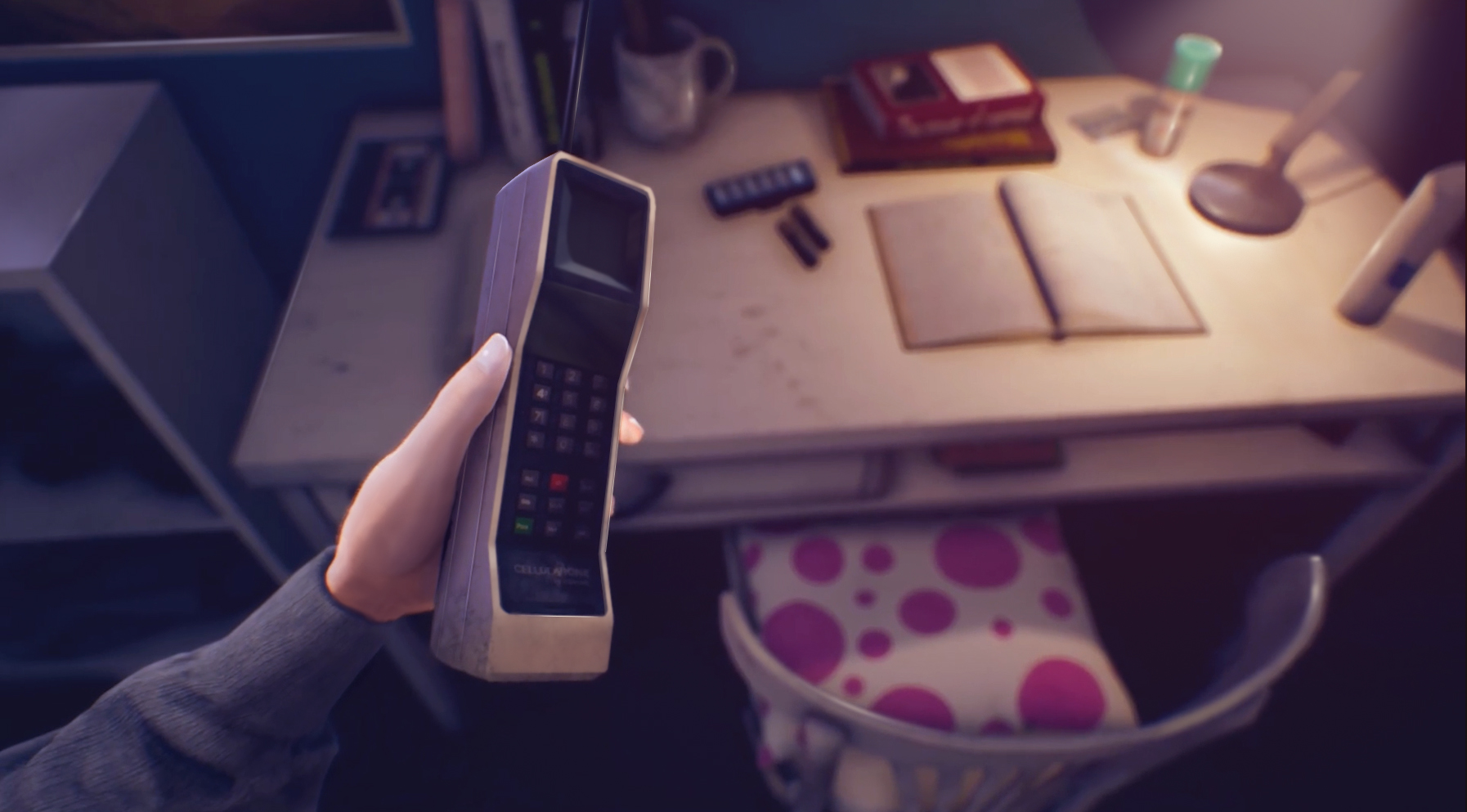
What is it? A mystery game about a woman uncovering her past in a huge hotel
Expect to pay $20/£15
Developer ONE-O-ONE Games
Publisher Daedalic Entertainment
Multiplayer No
Link Official Site
Walking sims have carved their own little corner in video games. Their focus on telling intimate stories through engaging environments gives diverse and personal topics the space they need to be fully explored. The Suicide of Rachel Foster’s hauntingly eerie hotel certainly looks like the perfect stage for a walking sim, and its story of a young woman having to uncover the truth of her past in the decaying building sounds like an interesting hook.
But where thoughtful storytelling elevated the walking sims that influenced it so heavily, The Suicide of Rachel Foster falls short. What begins as a compelling ghost story turns quickly into a melodramatic soap opera that churns sensitive topics like suicide, child grooming, and teenage pregnancy into baseless drama to the point where it’s just plain gross.
In The Suicide of Rachel Foster, you play as Nicole, a young woman who is returning to her parents’ old, empty hotel in the middle of the Montana wilderness. Following the advice of her deceased mother, Nicole hopes to survey the decaying hotel, called The Timberland, and then sell it, determined to finally be free of the hotel and its secrets. Ten years prior, Nicole and her mother fled The Timberland after finding out that her father had an intimate relationship with a teenager, Rachel Foster, who subsequently took her own life. As Nicole is auditing the hotel a brutal snowstorm traps her inside with the hotel’s memories.

The first half of Rachel Foster’s total four hours I enjoyed. It focuses less on investigating the hotel’s history and more on the challenge of navigating this huge space. Thankfully, you’re not completely alone. Nicole has a handy radiotelephone with a direct line to a FEMA agent called Irving, who gives you survival tips like the location of the pantry for food. Similar to Firewatch, the two characters begin a little salty but soon become friendly with each other, and I found myself really enjoying their playful banter. Irving became a friendly voice that warmed the Timberland’s creepy corridors.
In comparison to the family houses in Gone Home, Layers of Fears, or What Remains of Edith Finch, the Timberland hotel is huge. There are multiple floors with dozens of rooms, hallways, secret passageways, and crawl spaces. There’s evidence of its slow decay is in every corner, from the clean square spaces on the wall where paintings have been taken down, and the black mould that seeps into the walls and floor.
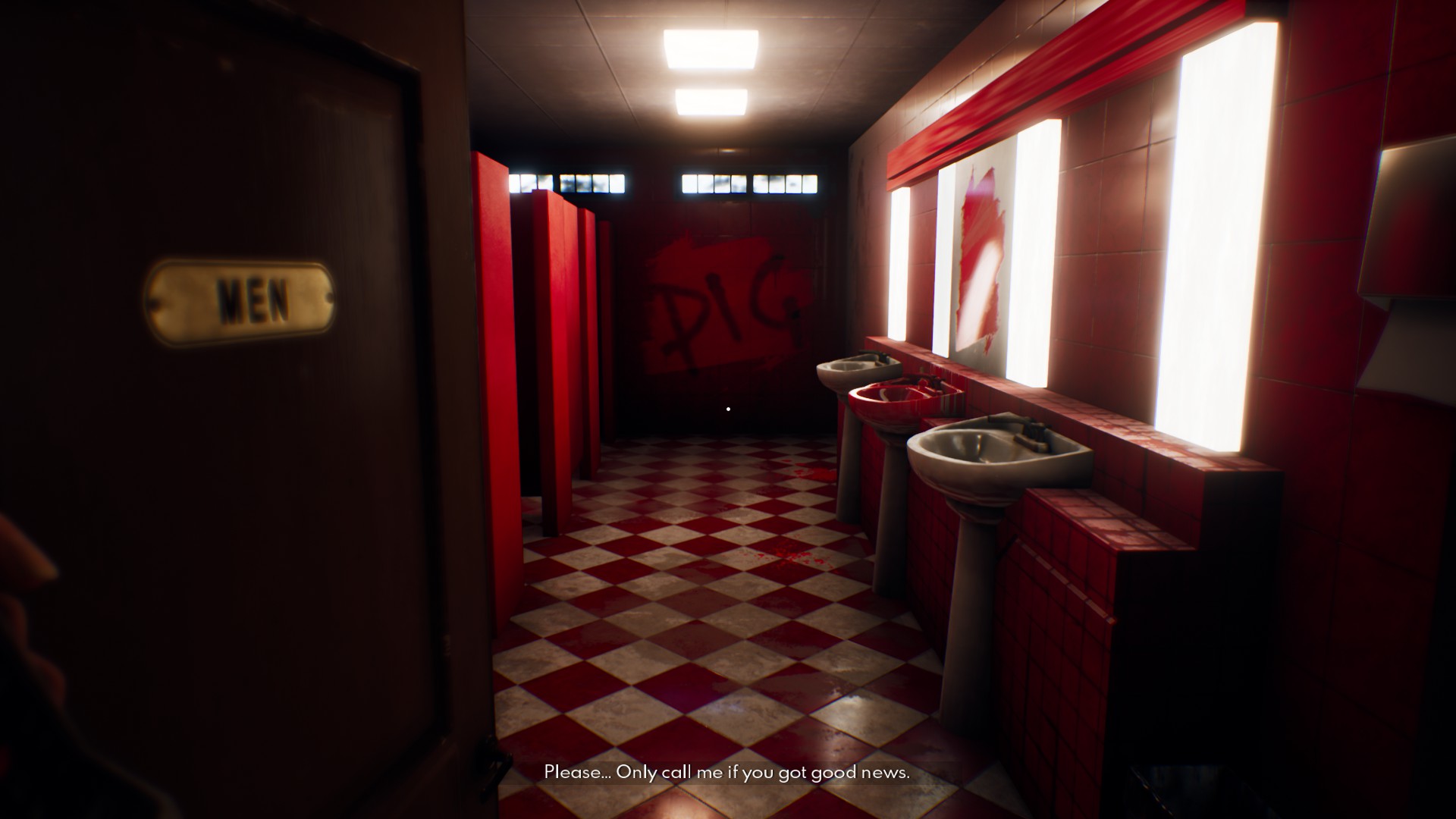
The hotel uses both its corridors and open spaces to build tension. You go from being scared about what around the corner of a narrow corridor, to massive ballrooms, dining halls, kitchens, and lounge areas where anything could be lurking. Nicole’s room has been kept exactly the same as when she left it. It serves as a cosy safe haven within the confines of the hotel.
Rummaging through Nicole’s belongings and unearthing the history of the hotel is where Rachel Foster gets problematic
There are some great moments of horror. In one chapter the power completely goes out and you have to navigate the pitch blackness using only the flash of a polaroid to guide you. Another section has you watch the old battered VHS recordings of a ghost-hunting group that captures the crew’s terrified reactions to something off-screen.
I felt like it was heading more in the direction of a ghost story than a mystery, which I was somewhat looking forward to. However, rummaging through Nicole’s belongings and unearthing the history of the hotel is where Rachel Foster gets problematic. As the second half of the game begins to delve into the details about Nicole’s father and Rachel’s relationship, it becomes clear that One-O-One Games is treading into a territory that it is not equipped to handle. It’s revealed that Rachel was nine weeks pregnant when she died and clues indicate that she was groomed by Nicole’s father from a young age.
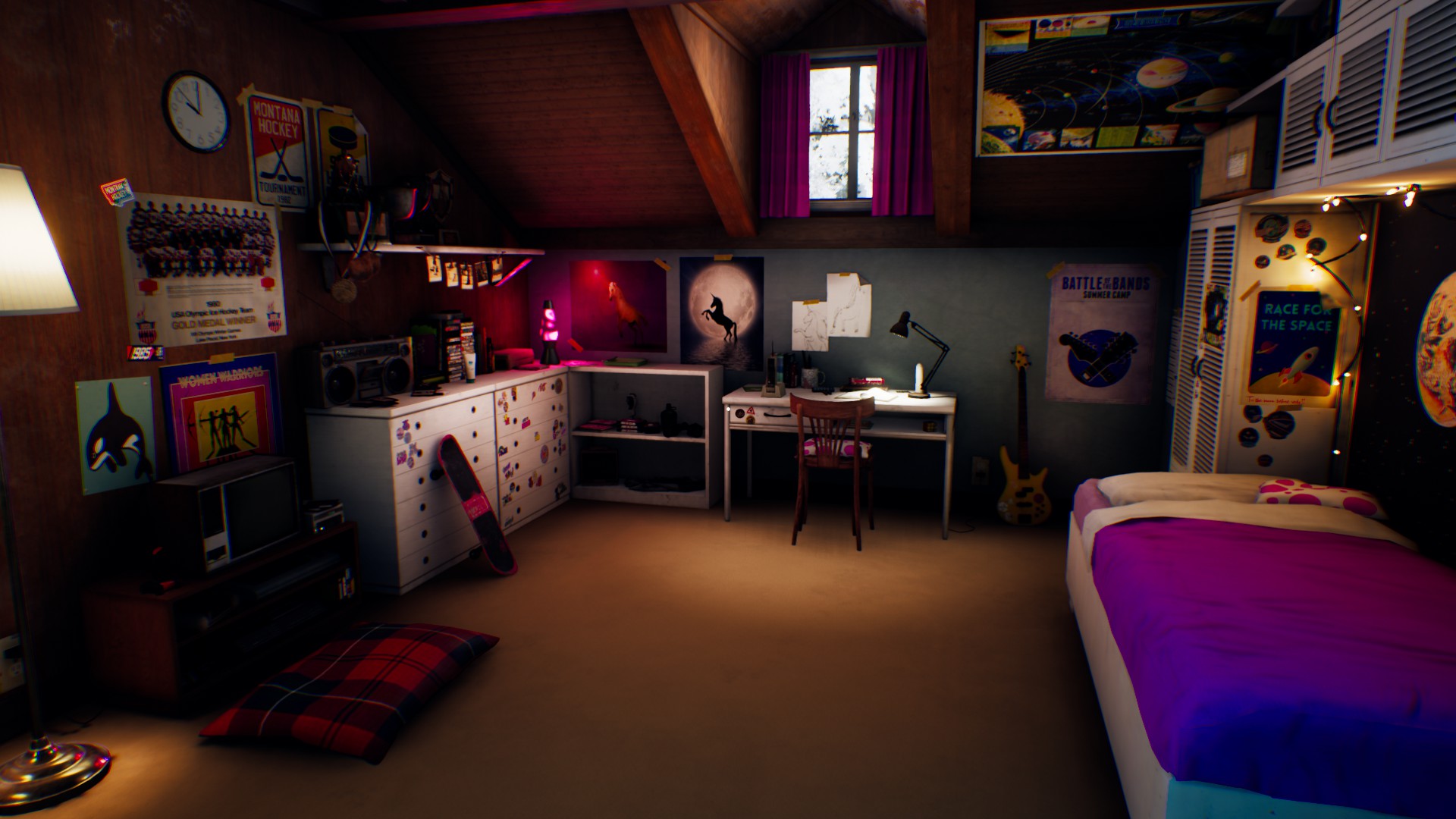
The relationship is even more worrying because it’s seen as romantic. An attic with fairy lights hangs above a bed where sketches of the teenager posing naked lie scattered on top. There’s a line where Rachel is described as ‘mature for her age’ as if it’s some sort of excuse to her father’s relationship with the teenager. It made me cringe, especially as the game’s marketing focuses on Rachel’s retainer, an object that emphasises how young she is.
The most damaging aspect of how the game frames this relationship is that Rachel has no voice throughout the entire game. For a character whose name is in the title of the game, I know very little about her. No letters, no flashbacks, no pages from a diary, nothing that attempts at giving her any voice. I barely know anything about this character apart from the fact that she was groomed starting when she was young, got pregnant by a man three times her age, and then took her own life. Rachel’s story is not melancholic or poetic as the game represents it, it’s just irresponsible.
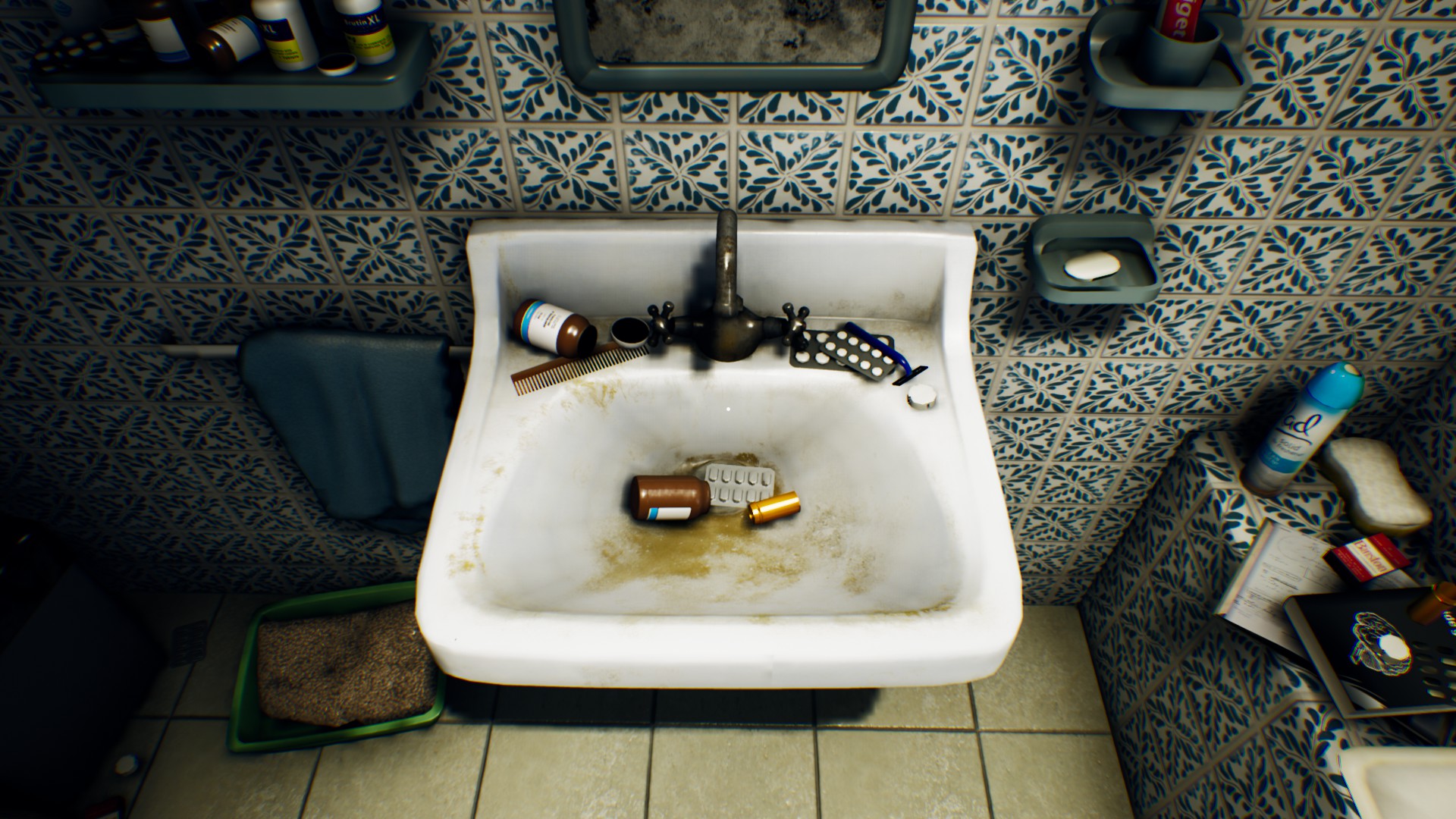
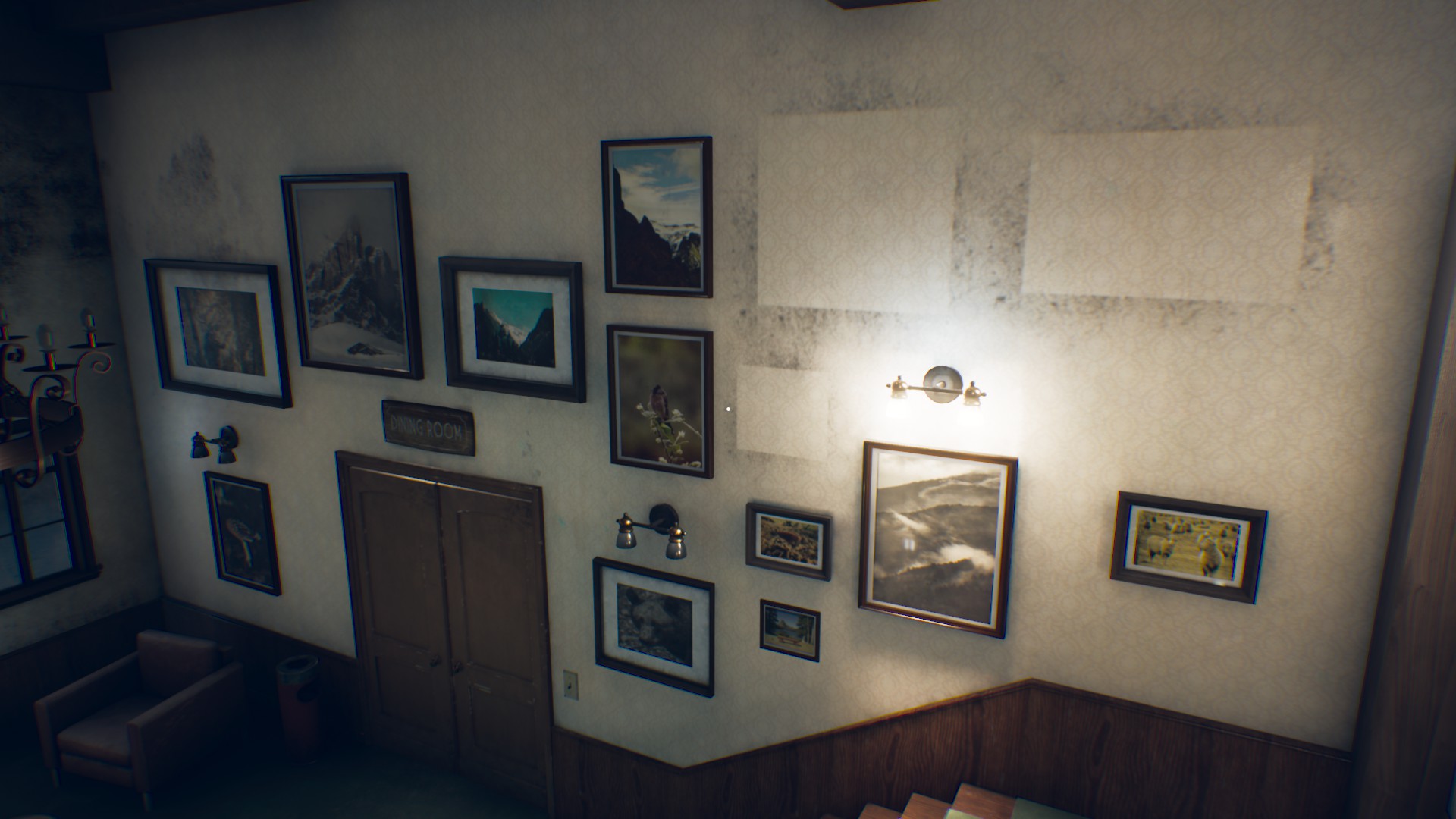
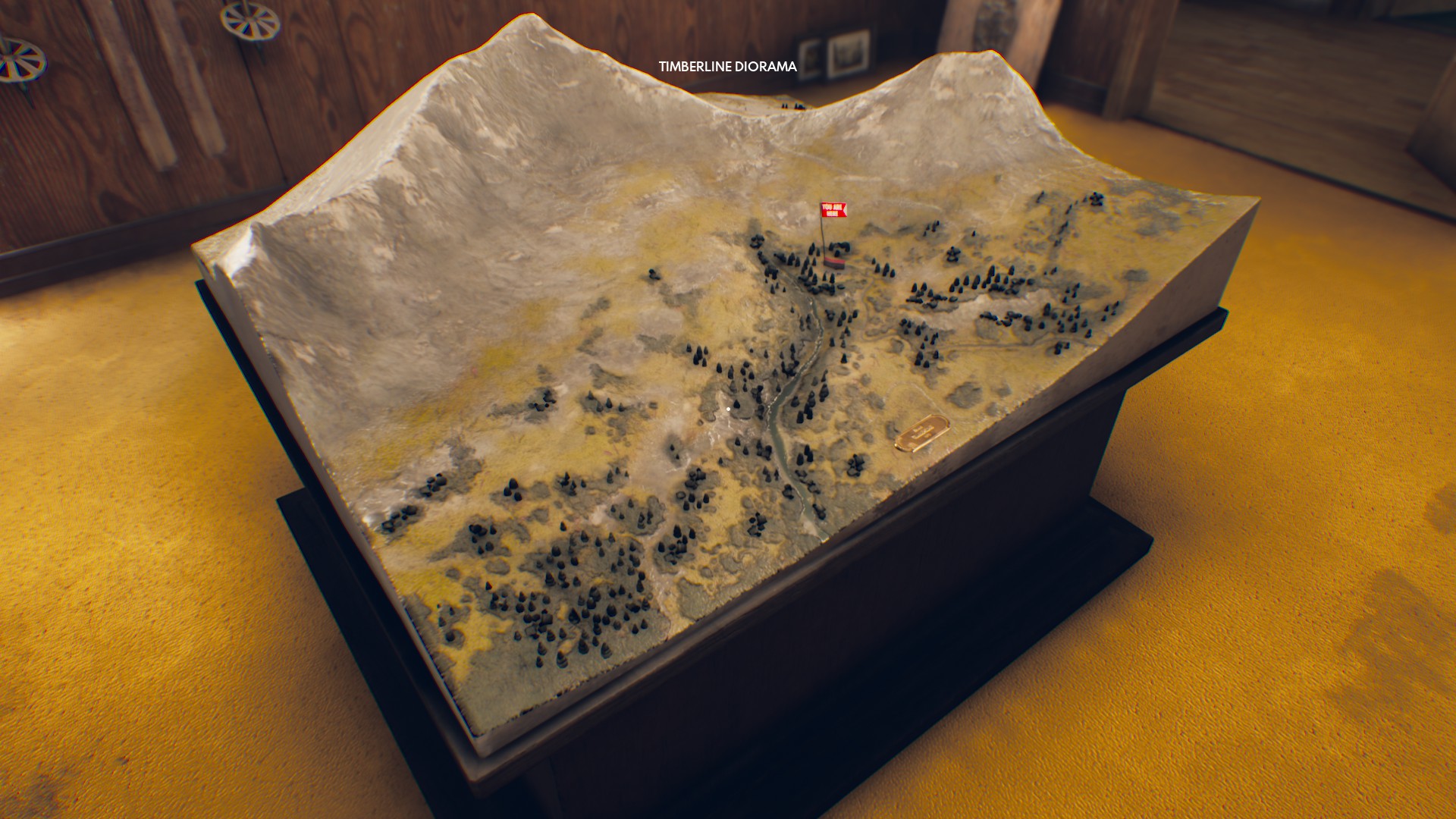
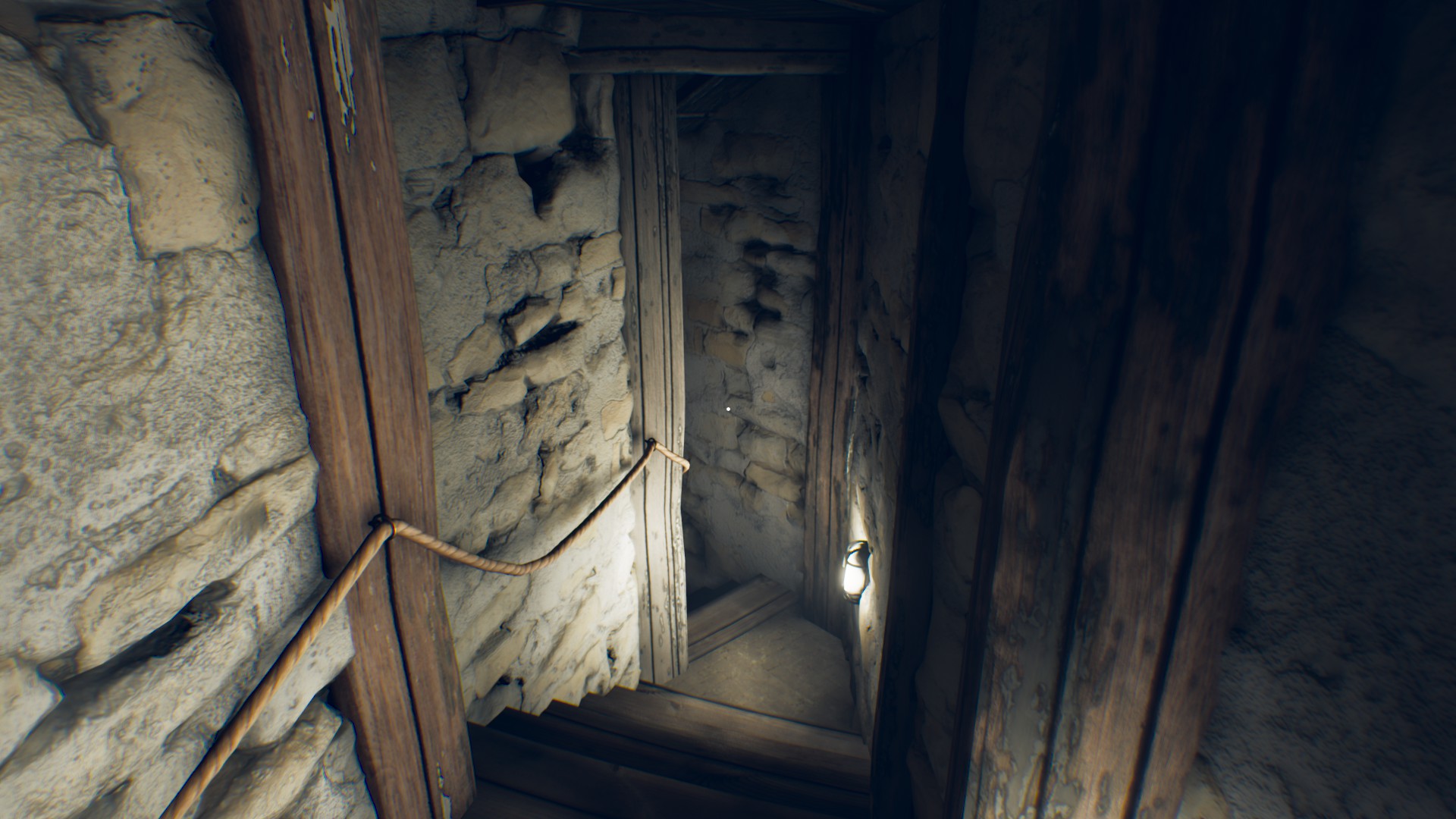
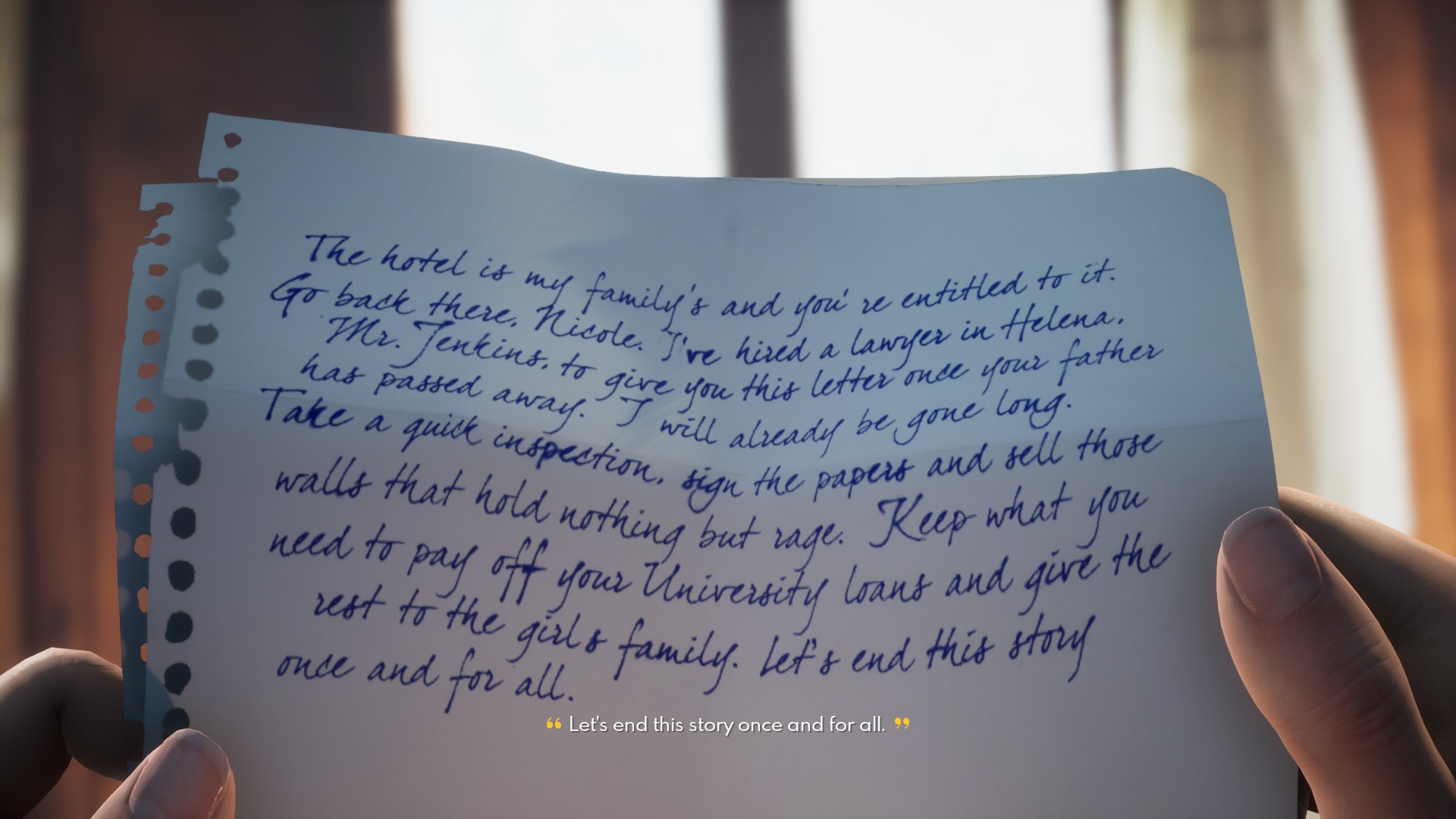
The Suicide of Rachel Foster uses these issues as nothing more than storytelling plot points further emphasised with an ending that places the player in the deeply uncomfortable position of being in the shoes of the title’s subject matter. The ending that I had, and to my understanding there are several, sensationalises a complex issue. The Timberland hotel and its characters make for a compelling setup but then spirals into tasteless drama, lacking any sort of compassion for the sensitive topics it covers.
In the UK and Ireland you can contact the Samaritans on 116 123 or email jo@samaritans.org or jo@samaritans.ie. In the US, the National Suicide Prevention Lifeline is 1-800-273-8255. In Australia, the crisis support service Lifeline is 13 11 14. You can find other international helplines at www.befrienders.org.
Read our review policy
The Suicide of Rachel Foster builds a haunting hotel, but fills it with an insensitive story ill-equipped to deal with the issues it covers.



